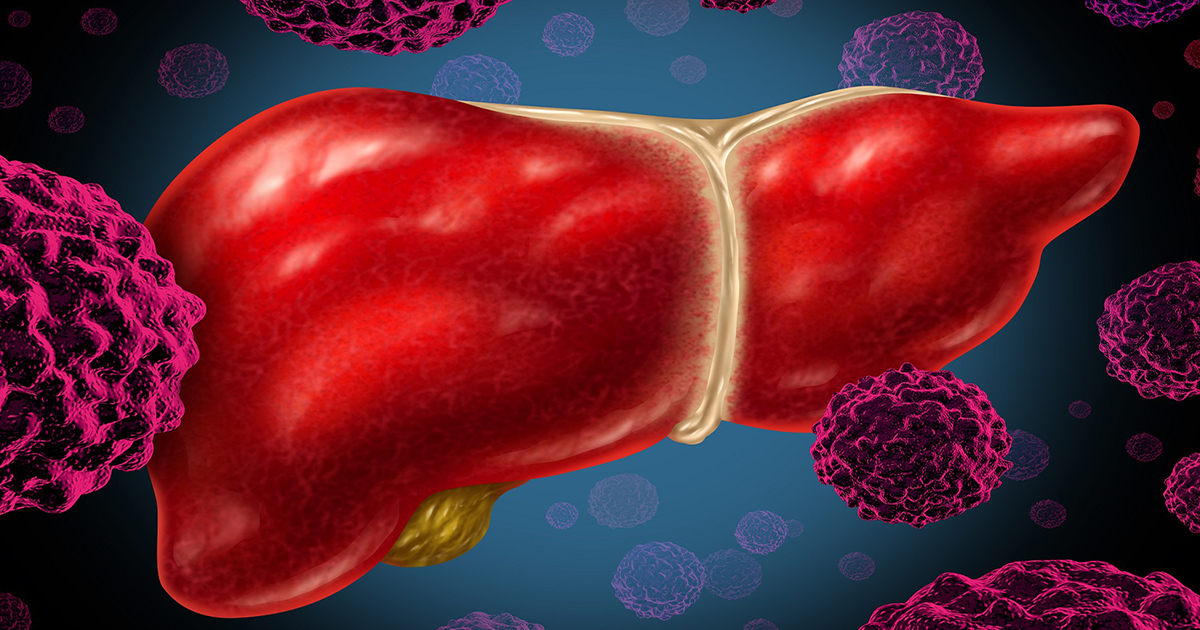Important Information To Know About Liver Cancer
Benign And Malignant

Abnormal growths in the liver are categorized as either benign (non-cancerous) and malignant (cancerous). Benign forms of cancer rarely pose a threat, and thus, they typically do not need to be treated, though they can be removed as a precaution to avoid potential future health issues, cancer-related or not. Benign forms can include hemangioma, hepatic adenoma, focal nodular hyperplasia, cysts, lipoma, fibroma, and leiomyoma. Malignant liver cancer includes hepatocellular carcinoma, primary liver cancer, and cholangiocarcinoma, cancer affecting the bile ducts. Hepatoblastomas are rare childhood malignant tumors. Malignant tumors are categorized as primary and secondary, according to their cause, size, and other factors.
Aflatoxin Exposure

While there are numerous chemicals and toxins that will increase the risk of a wide range of different cancers, among the most common risk factors for liver cancer is aflatoxin exposure. Aflatoxins are substances known to cause cancer and are created from a fungus that can contaminate a variety of different foods like wheat, peanuts, corn, soybeans, rice, and ground nuts. As with most types of fungus, the aflatoxin fungus can grow on these foods when they are stored in a warm and moist environment, which makes it particularly common in warm or tropical countries.
Both the United States and Europe are required to test foods to check the levels of aflatoxins. As such, it's important for individuals to minimize their consumption of these foods if they're visiting a warmer country outside of the United States or Europe. With long-term exposure to aflatoxins, the chances of an individual suffering from liver cancer will greatly increase. This risk goes even higher when aflatoxin exposure is combined with the development of a hepatitis B or C infection.
